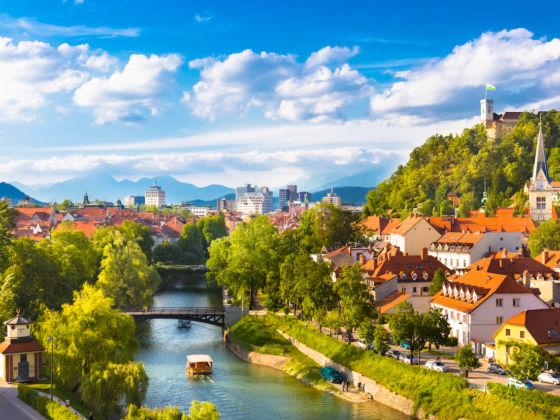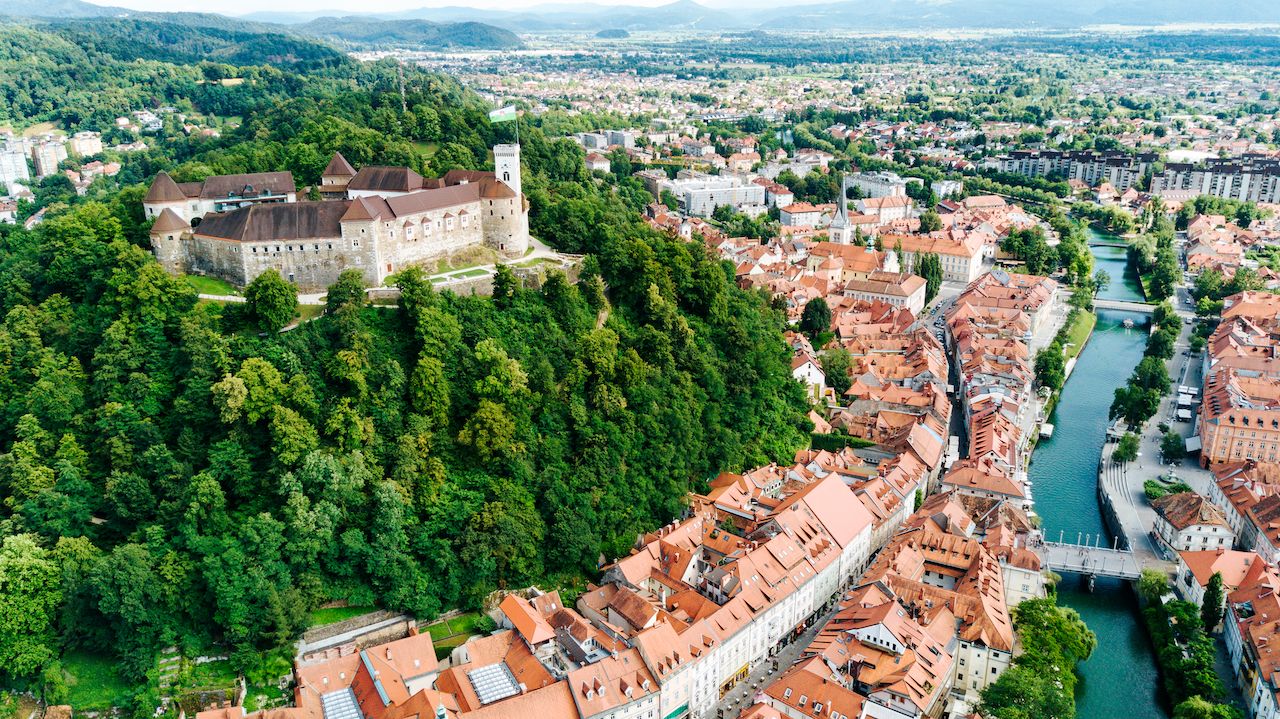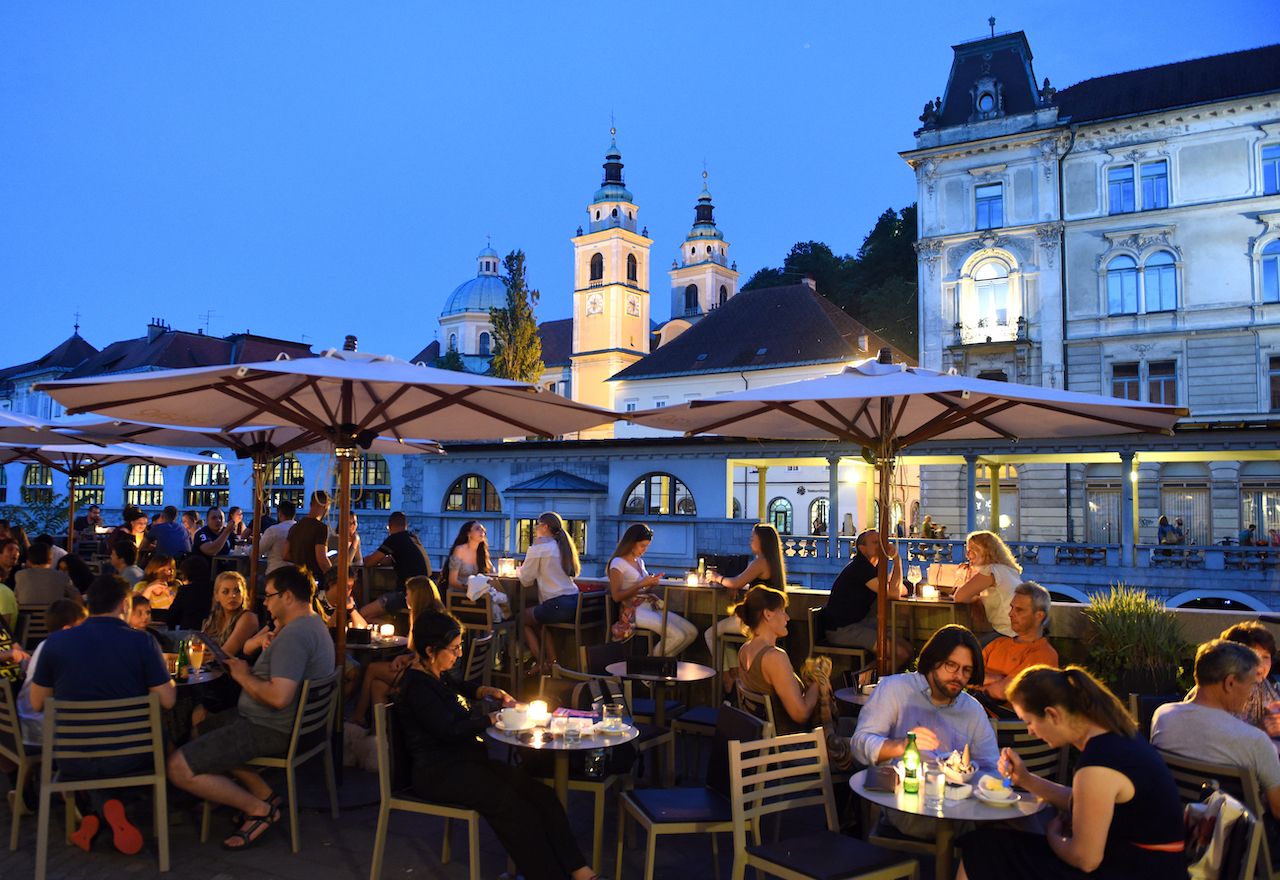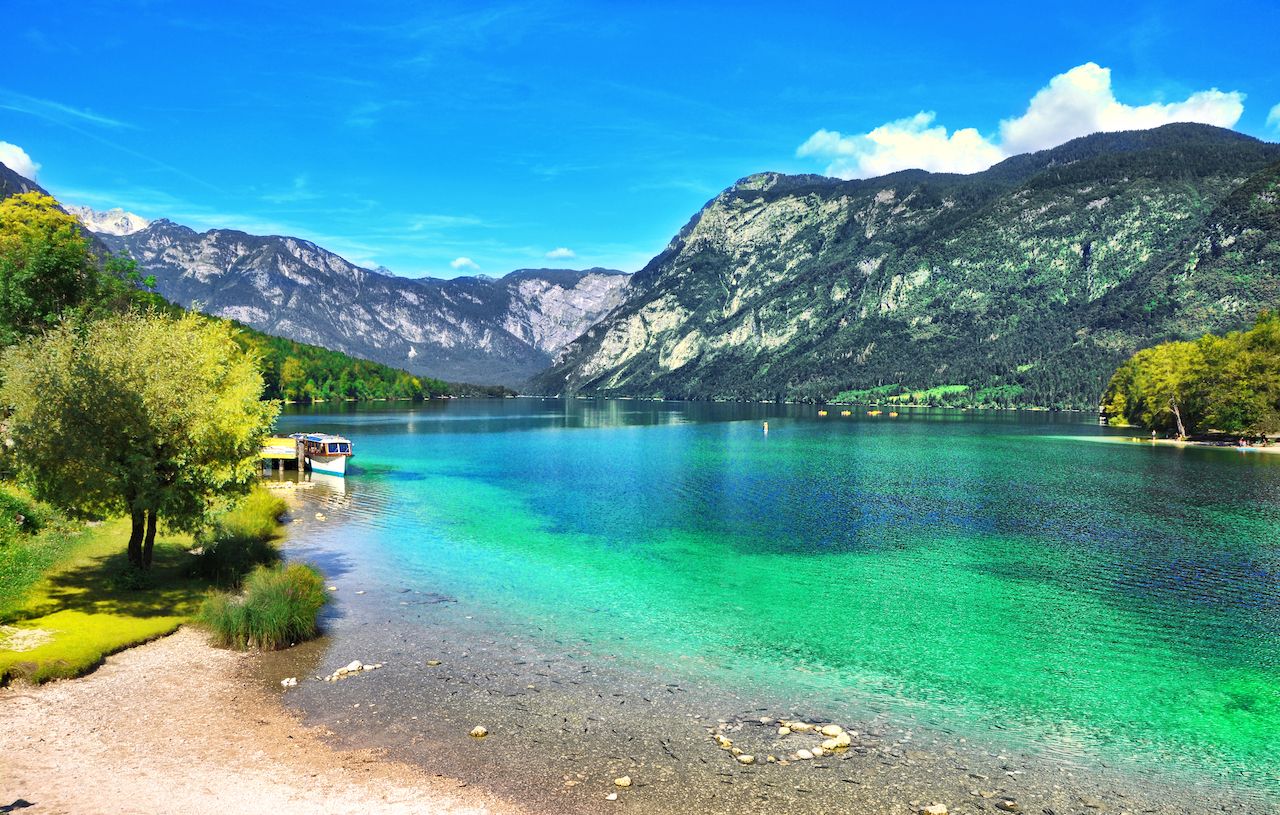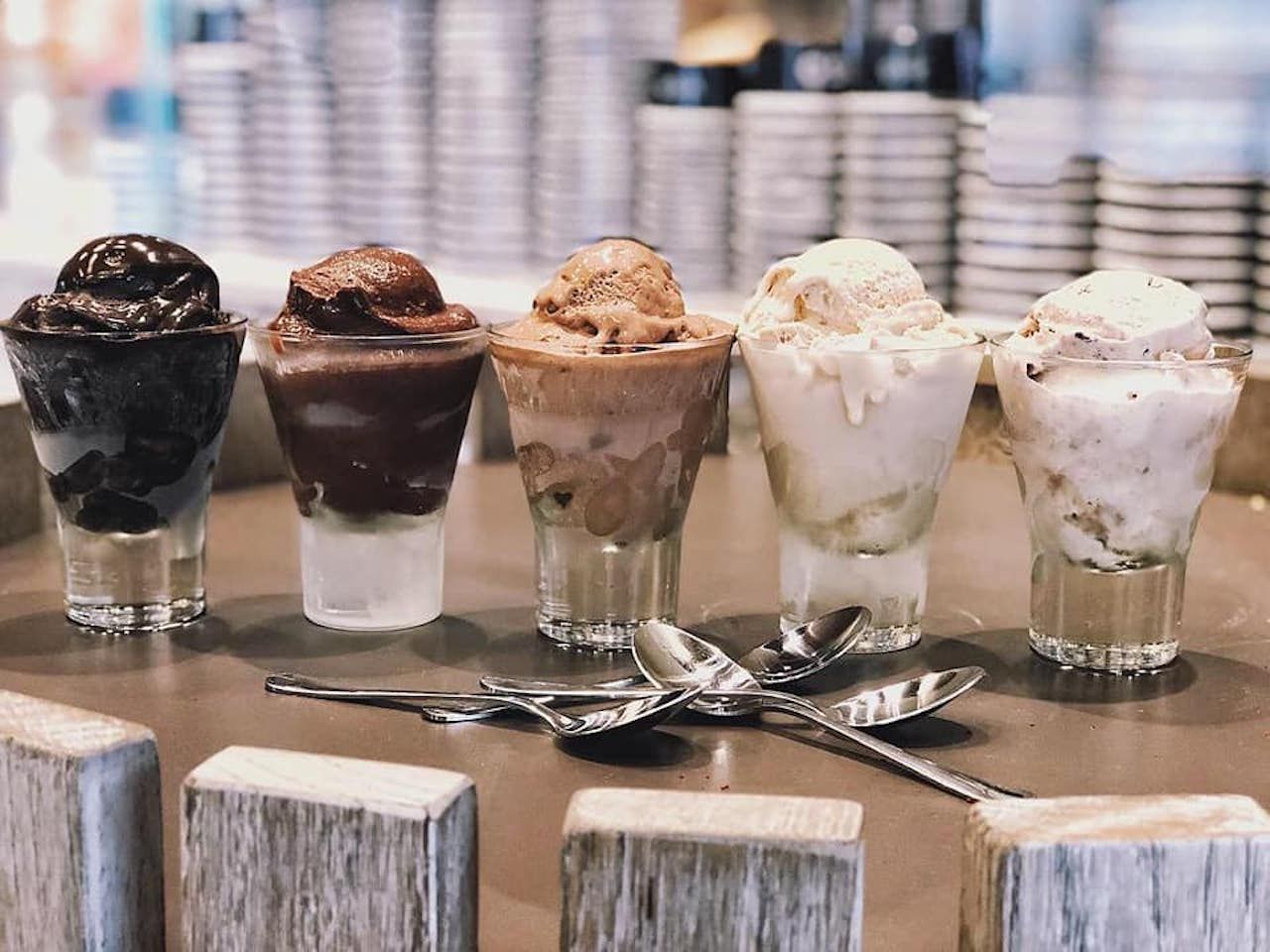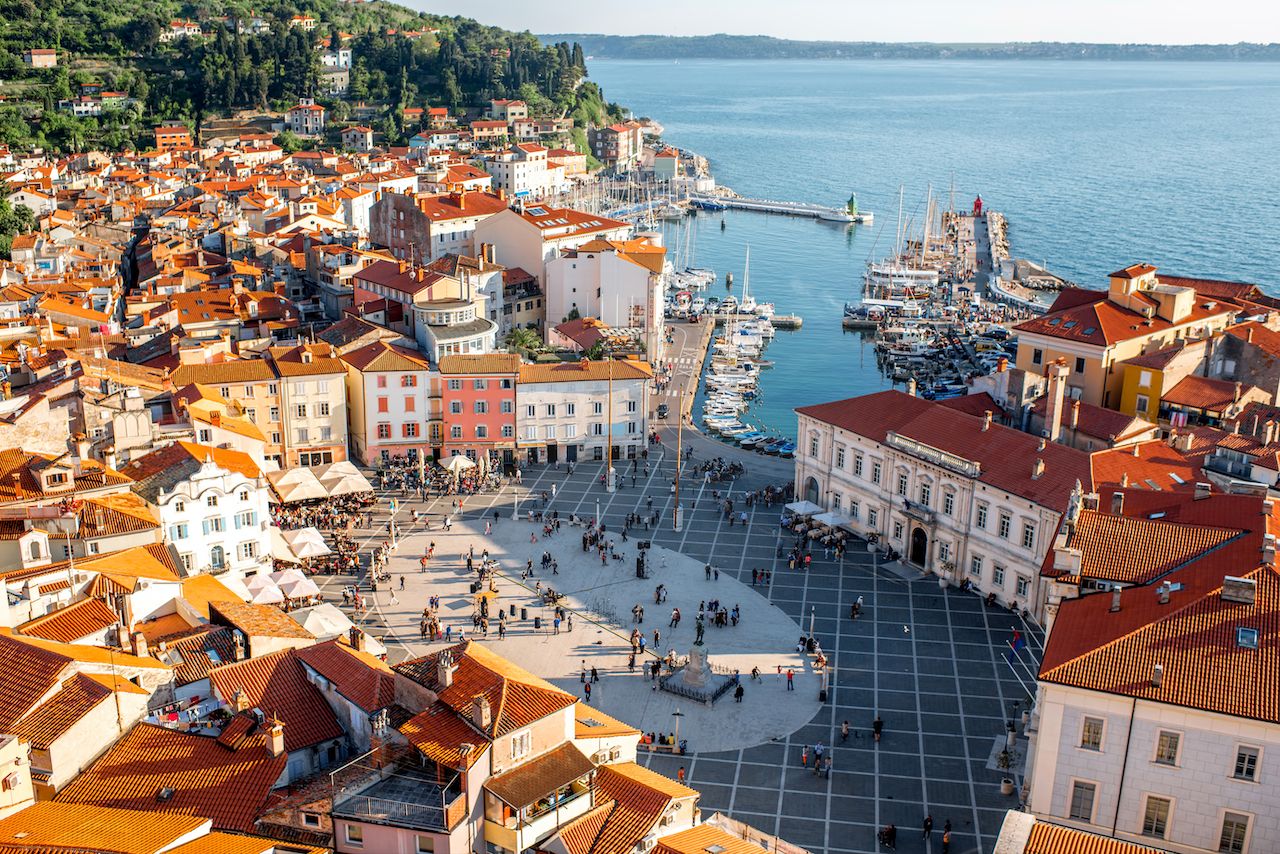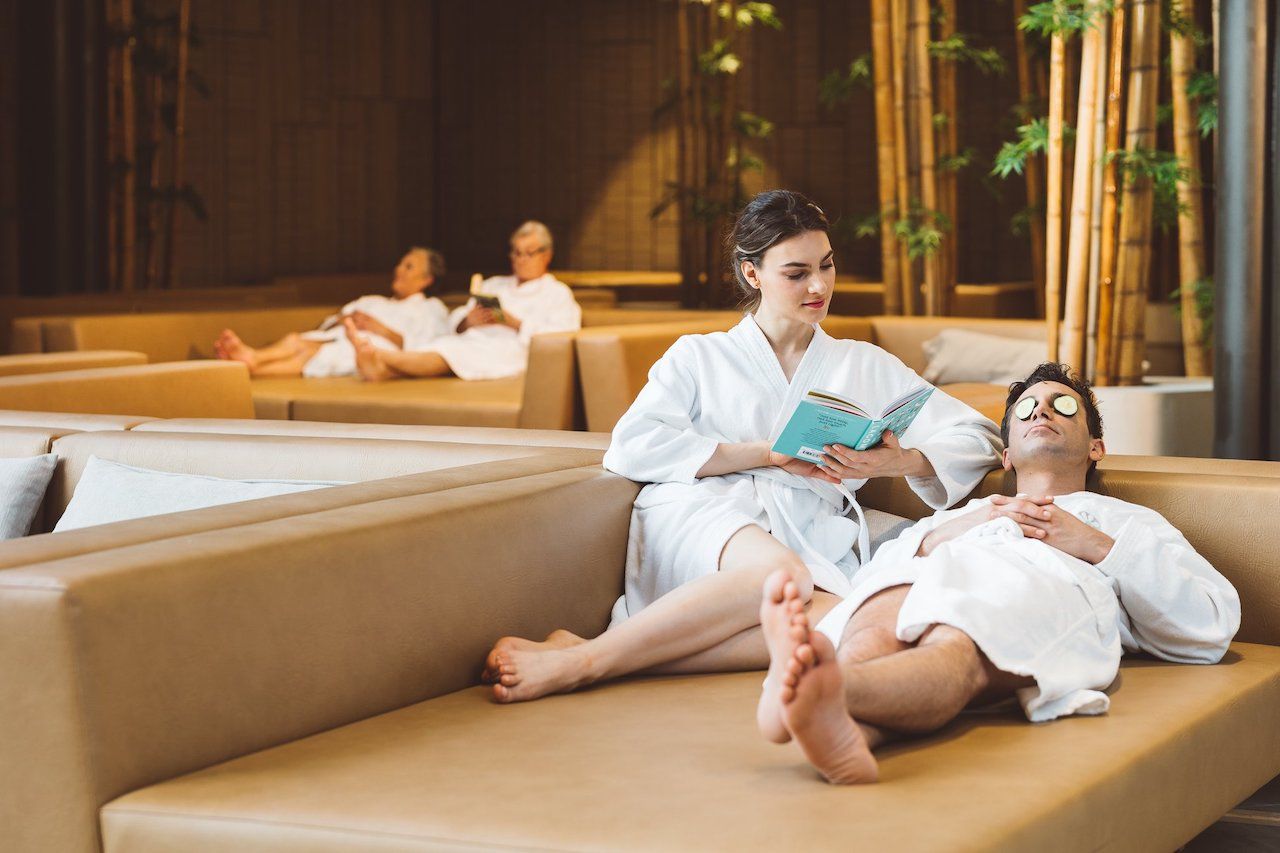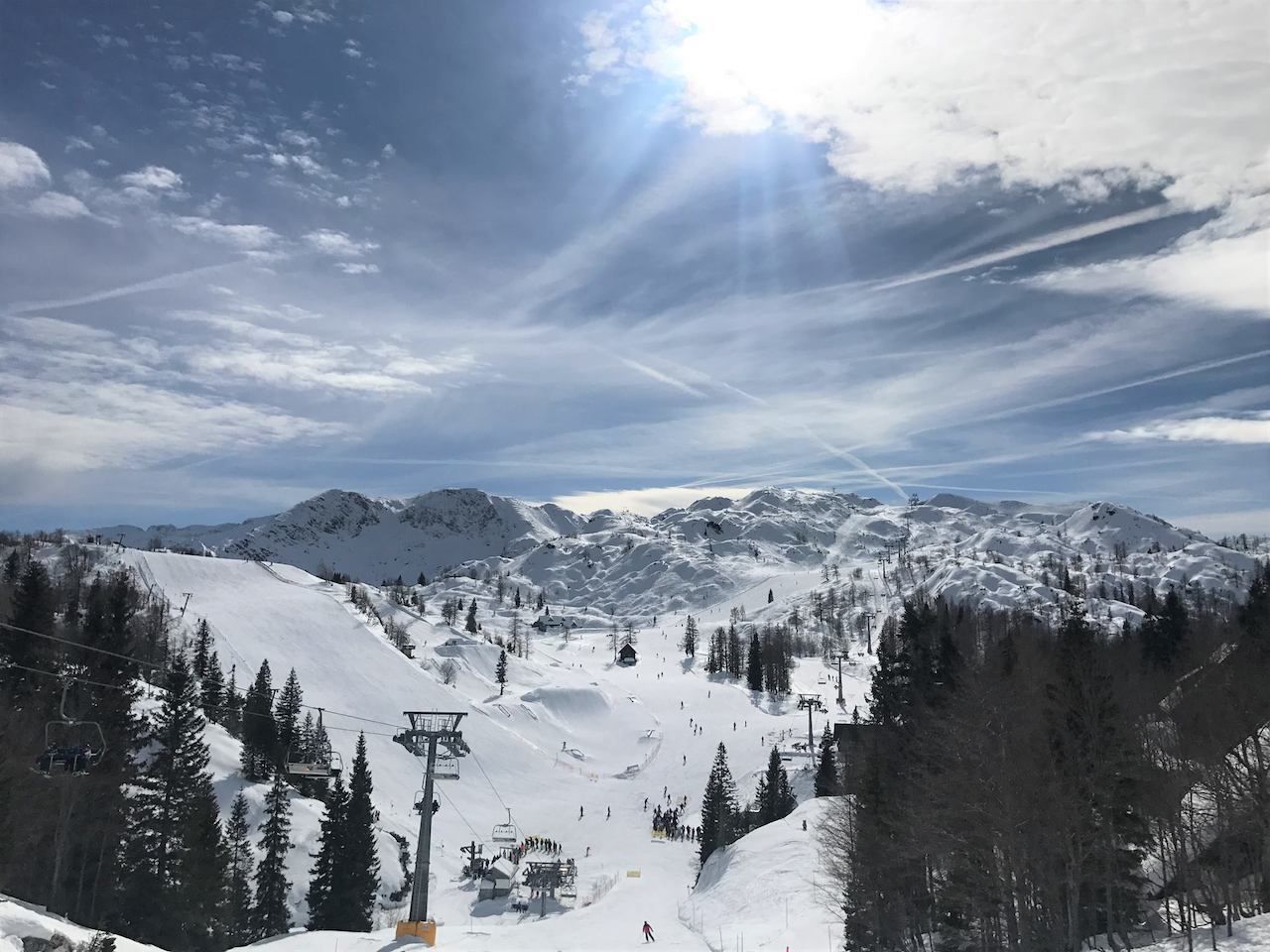It’s remarkable how quickly an itinerary fills up once you factor in a destination’s must-sees, which, like cliches, got that way for a reason. Striking a balance between seeing the sights you’d kick yourself for missing and discovering new beauties is extra challenging on shorter trips, as is so often the case in Europe, where travelers approach countries with a buy-one-get-one-free mentality.
In Slovenia, a nation roughly the size of New Jersey, you could cram the highlights into a side trip from Italy, Austria, or Croatia, but you’d be doing yourself a disservice by skimming one of Europe’s most scenery-rich countries. If you can, take your time traveling between lakes, caves, and mountains; seaside towns or ski resorts, depending on the season; and the historic settlements in between. Even if you are just passing through, remember: There’s more to Slovenia than Lake Bled.
